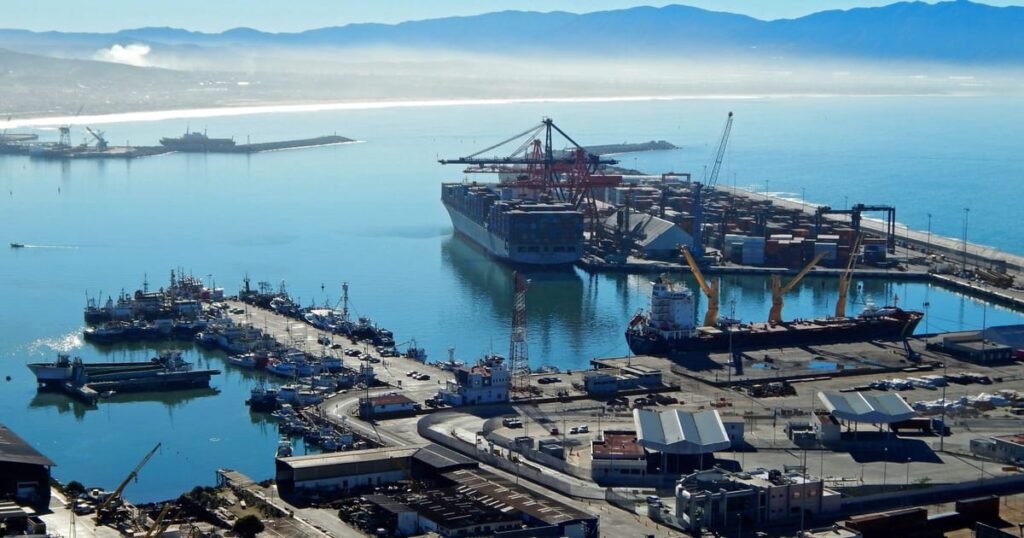
The European Union is charting a new course in its trade strategy, emphasizing a pivot towards Asia. This shift was articulated by European Commission President Ursula von der Leyen following an EU summit, where she highlighted the potential of aligning with the Comprehensive and Progressive Agreement for Trans-Pacific Partnership (CPTPP). “Such a plan would show to the world that free trade with a large number of countries is possible on a rules-based foundation,” von der Leyen stated.
The announcement comes as the EU seeks to solidify its role in global trade amidst shifting geopolitical landscapes. Von der Leyen underscored the significance of this initiative, describing the potential partnership between the CPTPP and the European Union as “mighty.”
Forming a Coalition of the Willing
But how could forming such a coalition of the willing work? Veteran trade negotiators Tim Groser, Steve Verheul, and John Clarke have offered insights into the practicalities of this ambitious plan. In exclusive commentary shared with POLITICO, they proposed an up-front pledge to uphold the established rules of multilateral trade.
Groser, a former New Zealand trade minister; Verheul, previously Canada’s chief trade negotiator; and Clarke, until recently a senior EU trade negotiator, suggested that the 39 EU and CPTPP countries should initially commit to a “Standstill Agreement” to keep their markets open to each other.
“What it would do is send a massive signal to Washington that a very substantial part of the global economy, including nearly all the traditionally closest partners of the United States, remains committed to the rules-based system,” they explained.
Historical Context and U.S. Relations
This development follows a historical context where the United States had the chance to join the CPTPP, previously known as the Trans-Pacific Partnership, during the Barack Obama administration. However, in a significant shift, former President Donald Trump withdrew the U.S. from the agreement in 2017, before the pact could be finalized.
The move represents a strategic recalibration for the EU, as it seeks to strengthen ties with Asia and other regions, potentially filling the void left by the U.S. withdrawal. This shift also reflects broader trends in global trade, where regional partnerships are increasingly seen as vital to economic resilience.
Expert Opinions and Strategic Implications
According to trade experts, the EU’s pivot towards Asia is both a strategic necessity and an opportunity. “The EU’s engagement with the CPTPP could redefine global trade dynamics, particularly in the face of rising protectionism,” noted Dr. Emily Harris, a trade policy analyst at the European Trade Institute.
Meanwhile, the implications for U.S.-EU relations could be significant. By aligning with the CPTPP, the EU may gain leverage in future negotiations with the United States, potentially influencing the global trade agenda.
By the Numbers: The CPTPP encompasses 11 countries, accounting for 13.4% of the global economy. The EU, with its 27 member states, represents another 18% of global GDP.
Looking Ahead
The EU’s strategic pivot to Asia is poised to reshape its trade landscape, fostering new alliances and reinforcing its commitment to a multilateral, rules-based trade system. As the EU navigates this transition, the world will be watching to see if this new strategy will indeed herald a new era in global trade.
Next steps for the EU include formal negotiations and potential integration with the CPTPP, which could pave the way for a more interconnected and resilient global economy. The success of this initiative will depend on the EU’s ability to effectively engage with its Asian partners and navigate the complex geopolitical terrain.





